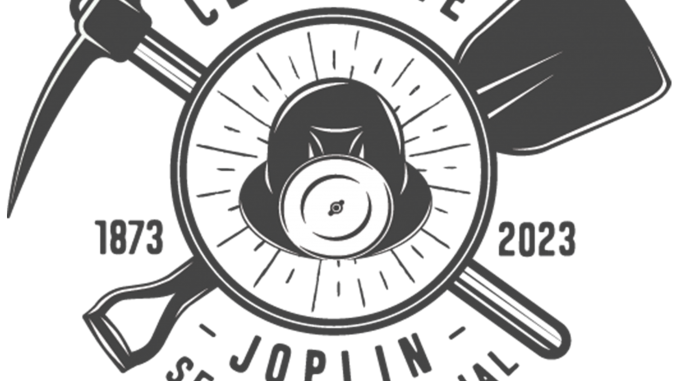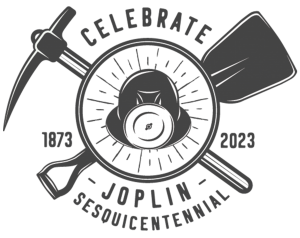
(Joplin, MO) – The Joplin Heritage Trail is a legacy project of the Joplin Celebrations Commission, which is helping to plan the city’s sesquicentennial in 2022-23. The goal is to connect historical sites and events throughout the community with a series of engaging storyboards.
The first three markers begin to tell Joplin’s story in chronological order. We start with the Osage Nation, whose territorial empire for hunting, trading, and warfare spread across parts of Missouri and Arkansas as well as the plains of Kansas and Oklahoma. Currently known as the “County of the Six Boils,” the area surrounding Joplin was one of the Osage’s hunting grounds.
Next, we tell the story of Joplin’s early settlers — men who found lead deposits on land taken from the Osage people. Additional discoveries on land belonging to William Tingle and John C. Cox resulted in Methodist minister Harris G. Joplin coming to the area to spread the gospel.
The third kiosk describes how two miners — Elliot Moffet and John Sergeant — pitched a tent along Joplin Creek and discovered a substantial vein of lead in August 1870. Their strike proved to be the defining moment in Joplin history, as an upstart mining camp that quickly formed soon turned into the community today known as Joplin.
A fourth marker, “A Bird’s Eye View of Joplin in 1877,” is a few hundred yards away on Langston Hughes/East Broadway. This map commissioned by the city only four years after its incorporation details the Murphysburg and Joplin City townships that united across Joplin Creek to form the new city. It also shows the locations of public schools, churches, mining furnaces and smelters, and the Joplin Hotel.
The Joplin Celebrations Commissions welcomes donations and content contributors for future storyboards. We hope to have 20 of them in place by 2026. For more information, please contact Patrick Tuttle at info@celebratejoplin.com.
Reference:
Patrick Tuttle
Joplin Celebrations Commissions
info@celebratejoplin.com








Be the first to comment